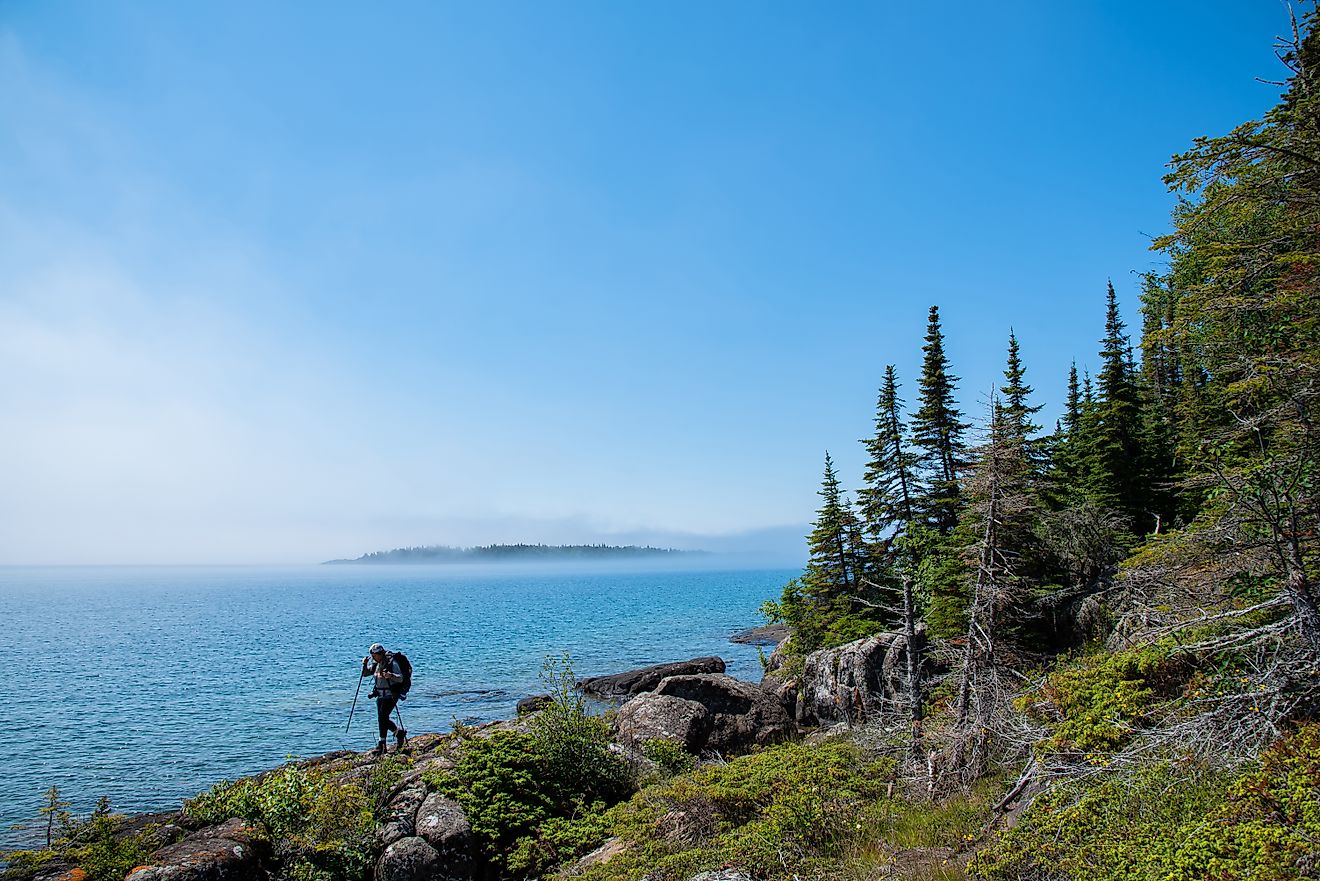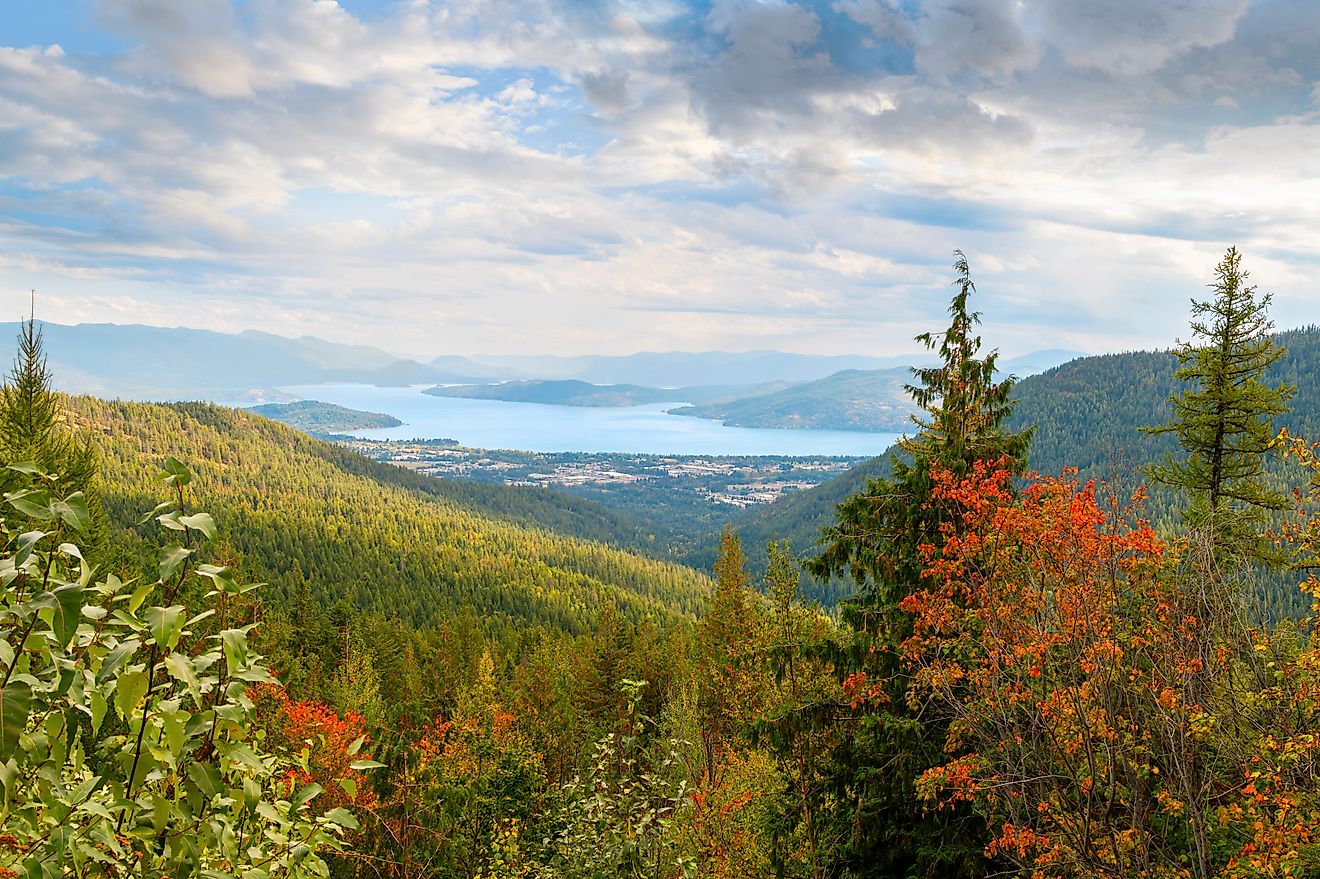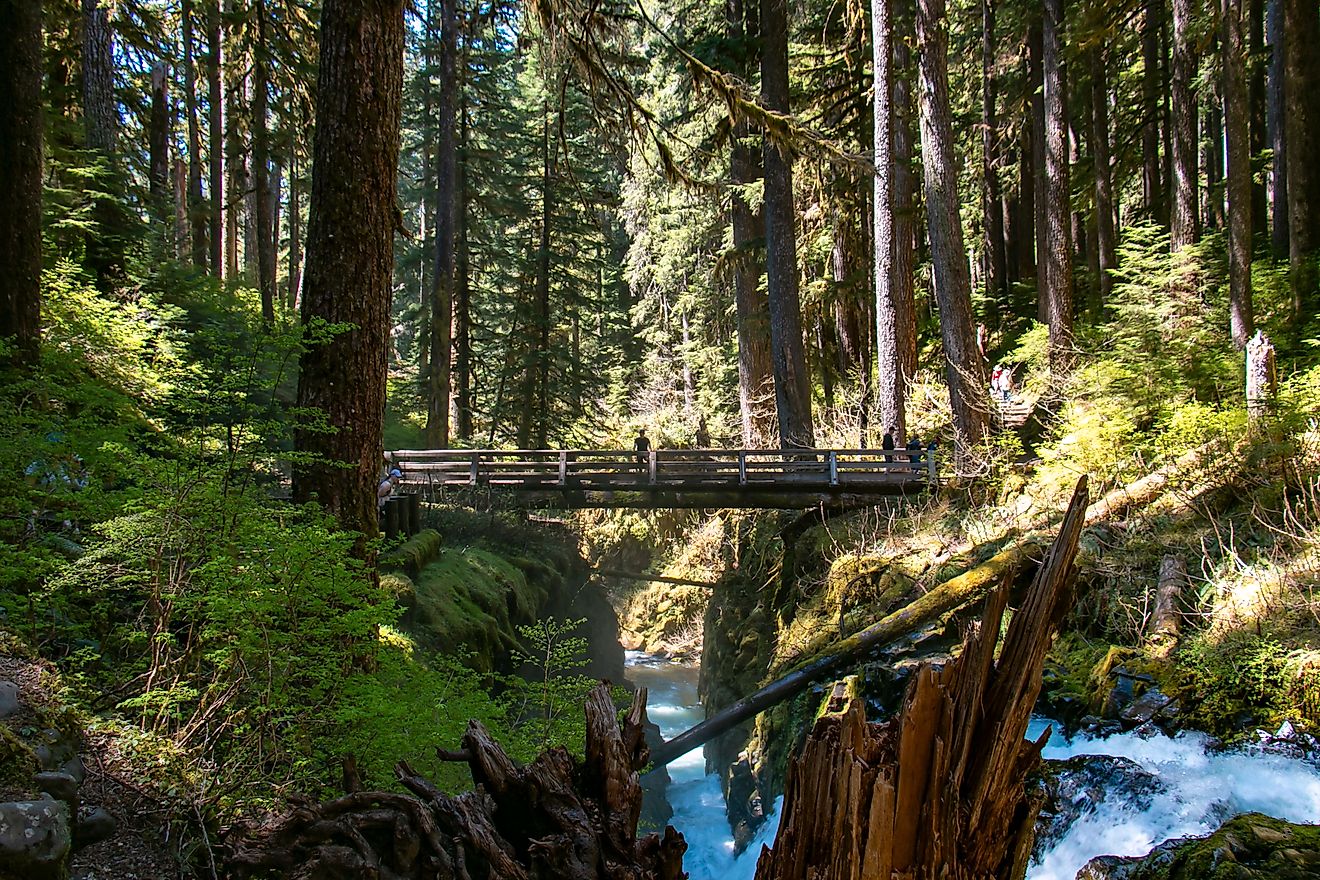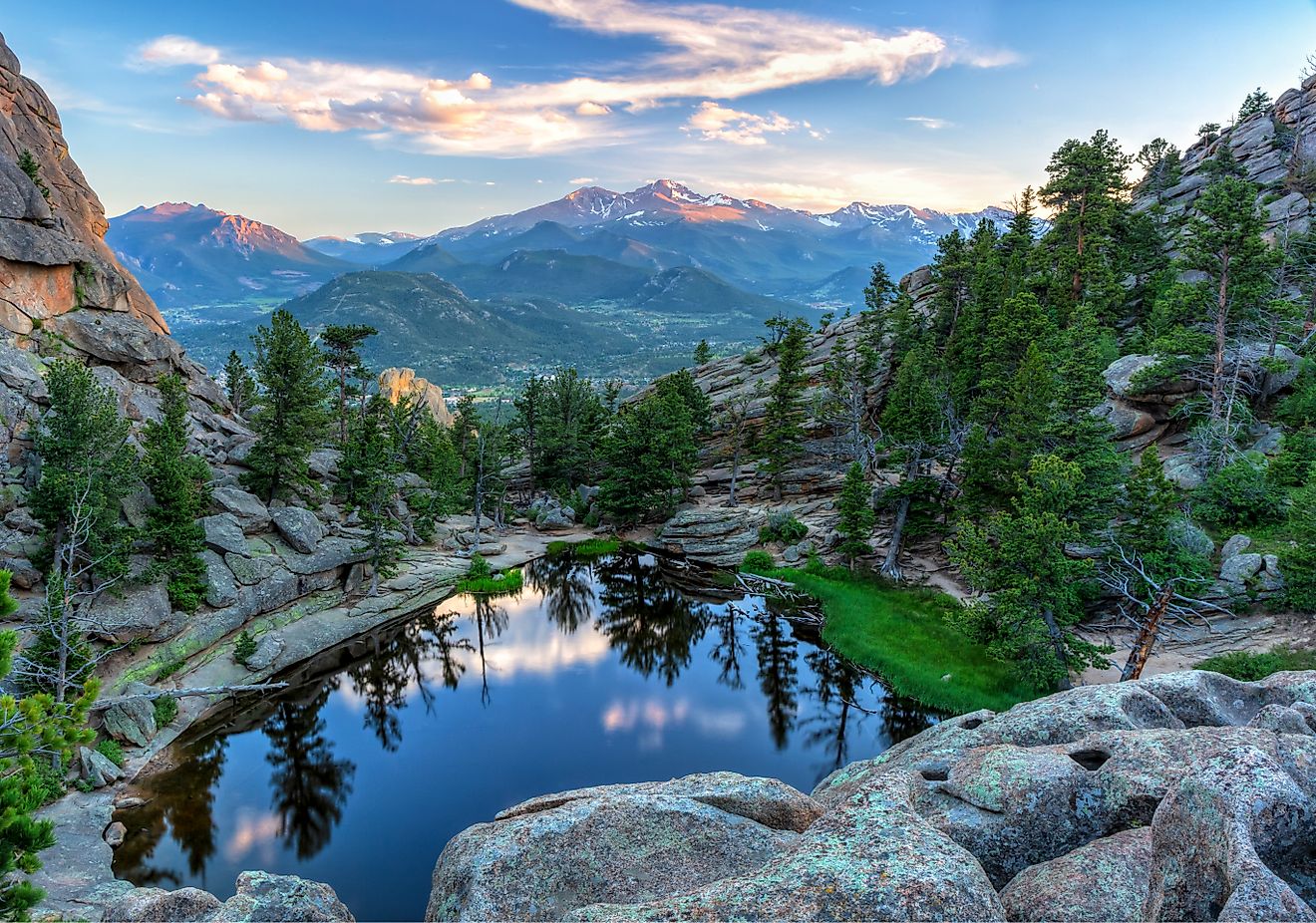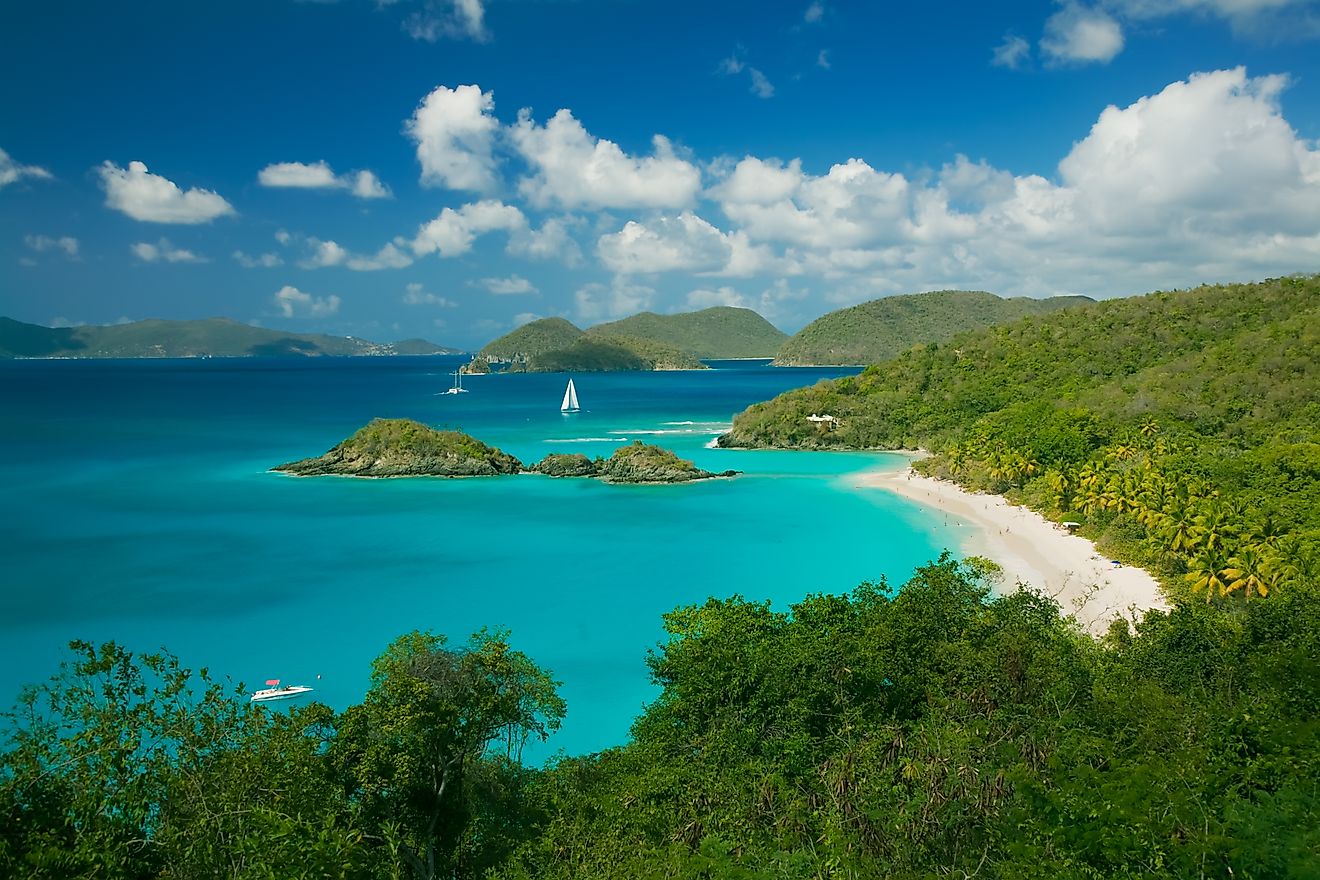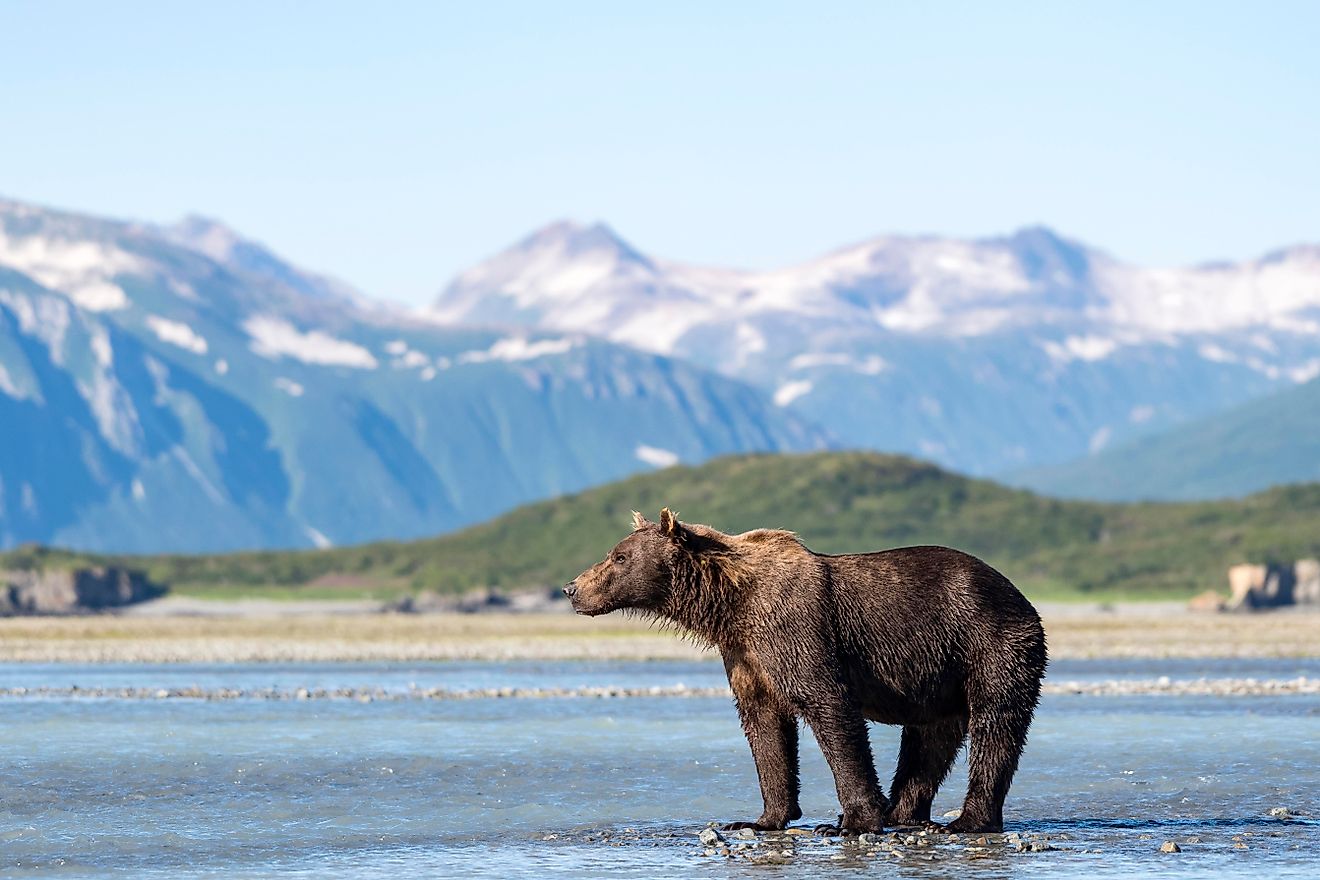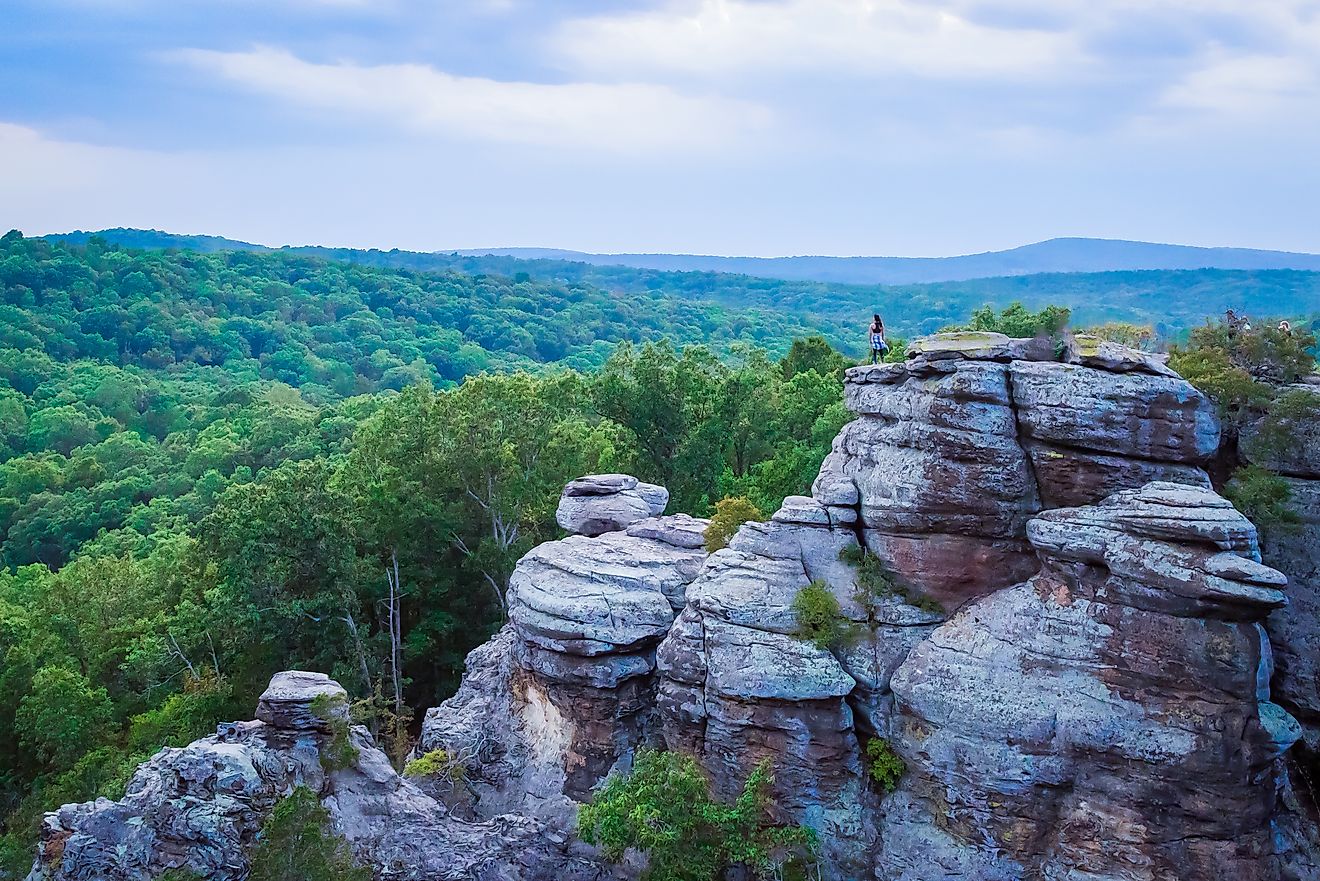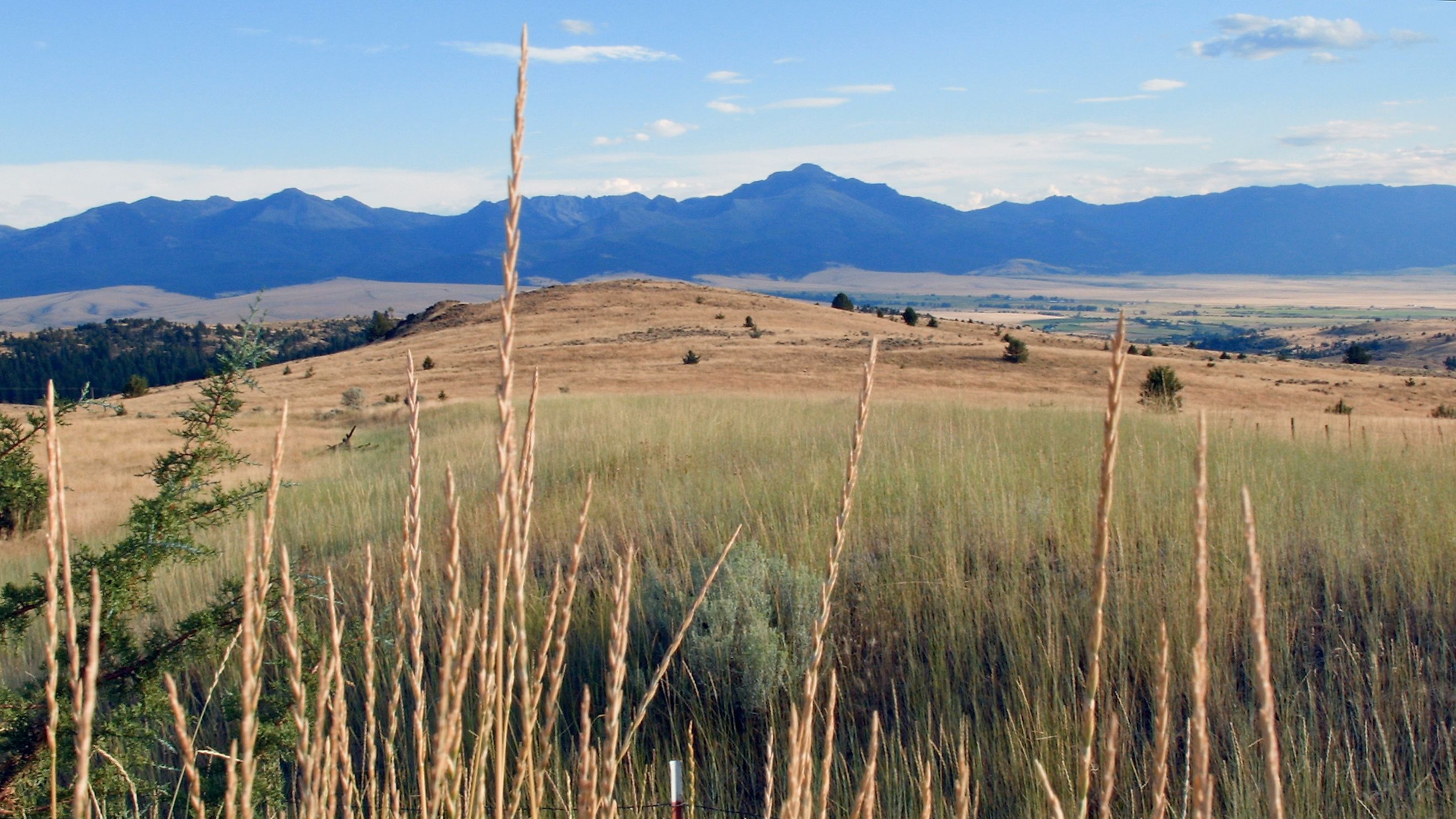
Malheur National Forest
Malheur National Forest spans 1.7 million acres across eastern Oregon, offering a striking mix of high desert grasslands, dense pine and fir forests, and hidden alpine lakes. The forest is dominated by the Strawberry Mountain range, which stretches east to west through its center and reaches 9,038 feet. Its dramatic elevations, from 4,000 feet to mountain peaks, provide a diverse environment for wildlife, outdoor recreation, and scenic exploration.
The forest is also ecologically significant. It is the headwaters for the John Day River System, the only tributary to the Columbia River without dams, and contains two Wild and Scenic stretches along the Malheur and Silvies rivers. These rivers sustain wildlife, provide clean water, and offer recreational opportunities that connect people to the land.
A Mosaic of Landscapes
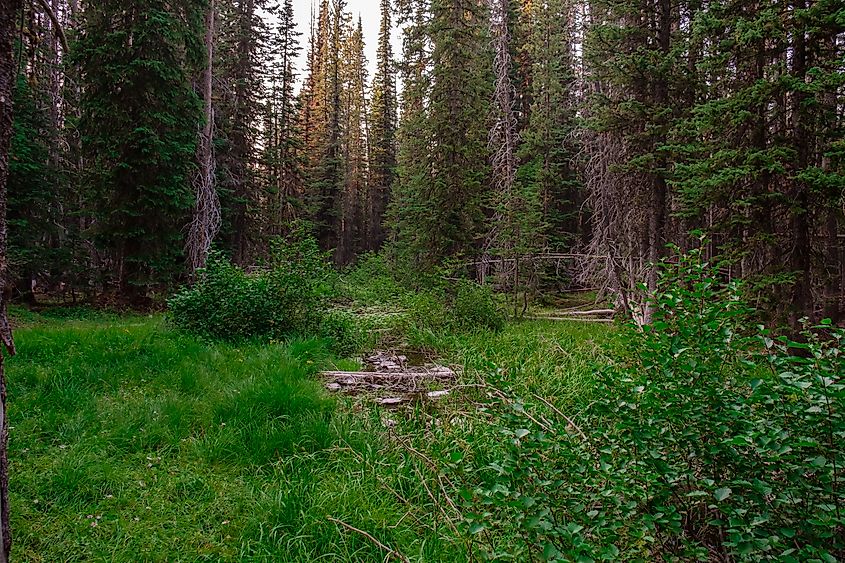
Malheur National Forest is defined by its contrasts. Its landscapes include:
-
High desert grasslands dotted with sage and juniper
-
Dense conifer forests of pine and fir at higher elevations
-
Alpine lakes and meadows hidden among mountain peaks
-
Rolling hills and scenic valleys ideal for wildlife observation
These varied habitats support deer, elk, black bears, and a range of bird species. Forest management ensures that some areas are preserved for wildlife and recreation while others are maintained for timber harvests and grazing, balancing ecological health with human use.
History Carved Into the Land
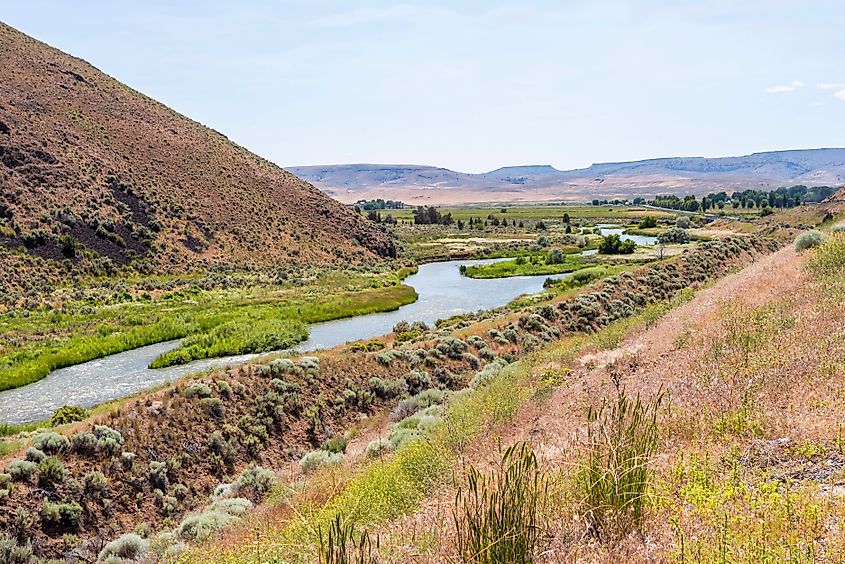
The forest’s history spans thousands of years. Native American tribes relied on the forest for hunting, gathering, and trade. Later, fur trappers, explorers, and gold miners utilized its resources to establish local communities.
The forest’s name comes from the Malheur River. French fur trapper Peter Ogden named it in the 1820s after a cache of supplies was taken, using the word Malheur, which means misfortune.
When the forest was officially established, Cy Bingham became its first supervisor. He and a team of 10 employees patrolled the vast landscape on horseback, managing early grazing conflicts between cattlemen and sheep herders. This system is still in use today. Timber production increased in the 1930s with the construction of a logging railroad into Bear Valley. The Bear Valley Timber Sale, conducted by the Hines Lumber Company, was one of the largest timber sales in the continental United States at the time and continued until 1968.
Outdoor Adventures for Every Season
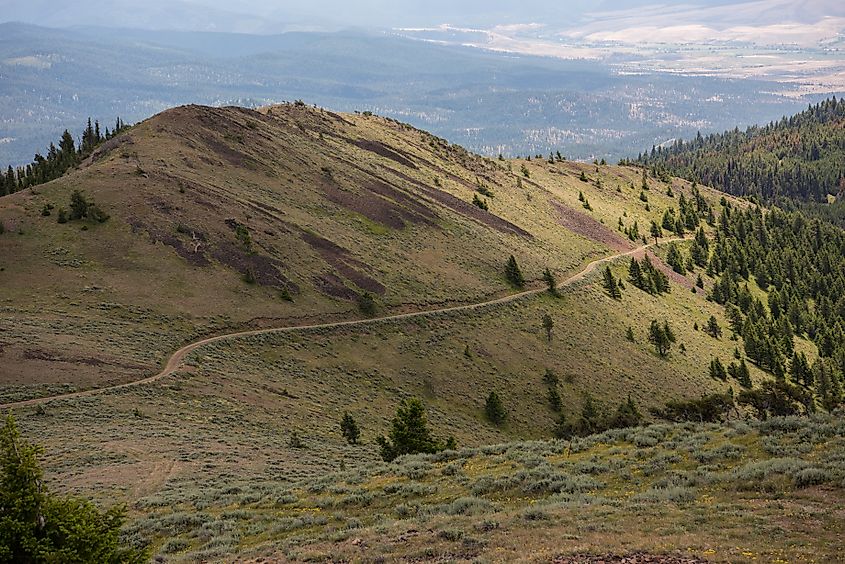
Malheur National Forest has always been a playground for outdoor enthusiasts. Its recreational offerings have evolved over the years:
-
Camping: The forest’s first public campground was established before 1916 along a trout stream. Today, camping remains a main attraction with sites ranging from primitive to developed.
-
Hiking and horseback riding: Trails once used by Forest Service staff and herders now guide visitors through valleys, meadows, and alpine regions.
-
Winter sports: Cross-country skiing and snowmobiling are popular during the snowy months.
-
Mountain biking and off-highway vehicles: Designated trails provide thrilling terrain for summer adventures.
The Strawberry Mountain Wilderness, set aside in 1975 and expanded in 1984, protects more than 88,000 acres of non-motorized recreation. Monument Rock Wilderness adds additional acreage, preserving pristine ecosystems and offering hikers quiet, scenic trails.
Hidden Treasures: Lakes and Meadows
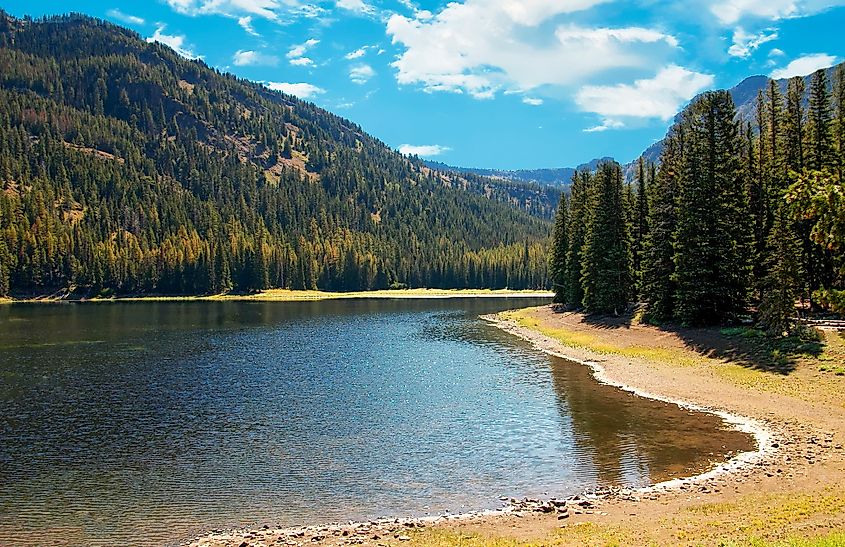
Some of the forest’s most memorable experiences are found in its alpine lakes and meadows. These areas offer quiet fishing spots stocked with rainbow and brook trout, seasonal wildflowers and diverse plant life, and wildlife observation opportunities in less-traveled parts of the forest
The Strawberry Mountain range ensures snowmelt feeds rivers and streams year-round, sustaining the forest’s ecosystems and providing water for the region.
Sustainable Use and Stewardship
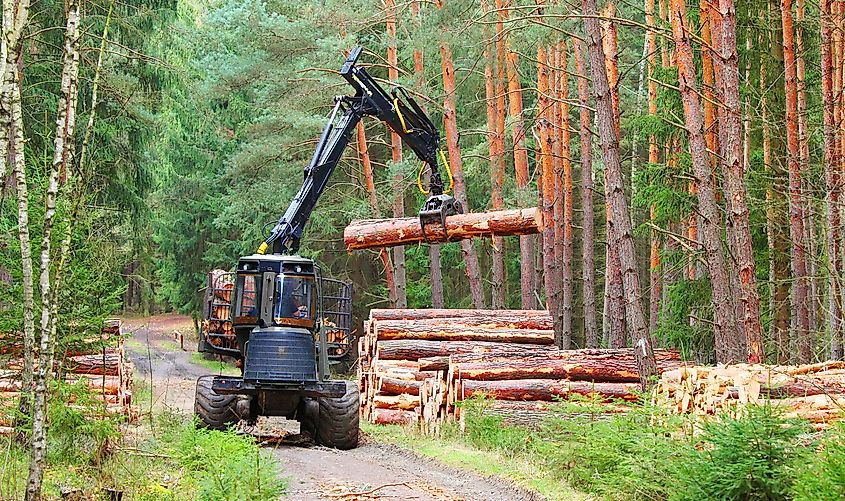
Malheur National Forest balances human use with conservation:
-
Timber harvesting: Managed areas provide lumber and paper products while maintaining healthy forest stands.
-
Grazing: Local ranchers use permits to raise cattle on meadows and open ranges without damaging the land.
-
Wildlife habitat: Certain areas are preserved exclusively for wildlife and recreational use, supporting biodiversity and ecological health.
This approach ensures the forest continues to meet economic, recreational, and environmental needs.
Fishing, Hunting, and Wildlife
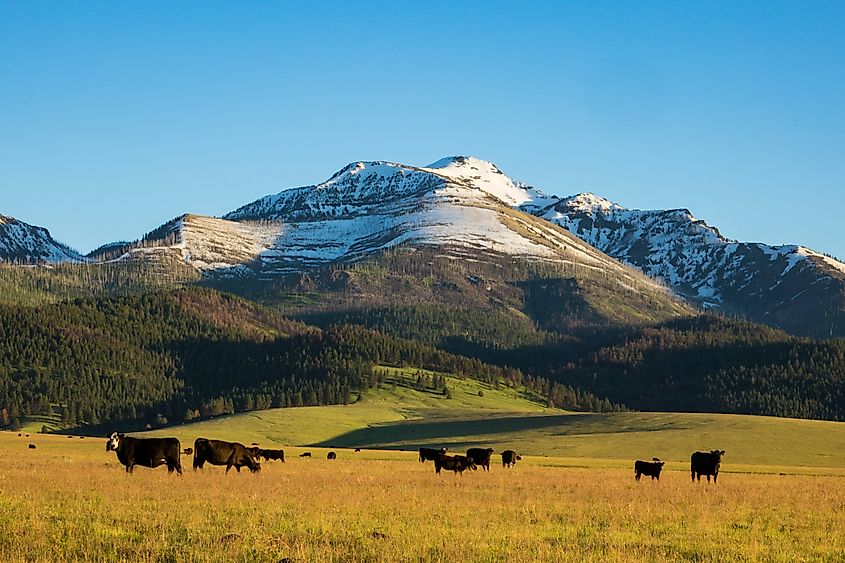
Fishing and hunting have long been integral to Malheur National Forest. The forest’s streams and alpine lakes provide excellent opportunities for anglers, with rainbow trout, brook trout, and other native species inhabiting the waters. Hunting is also a popular activity, with deer, elk, and other game species available under regulated seasons to ensure sustainable populations.
In addition, the forest is home to a variety of wildlife, including black bears, elk, and numerous bird species, making it an ideal destination for wildlife watching. All of these activities are carefully managed by the Forest Service to protect ecosystems and maintain the health of animal populations.
Why Malheur Stands Out
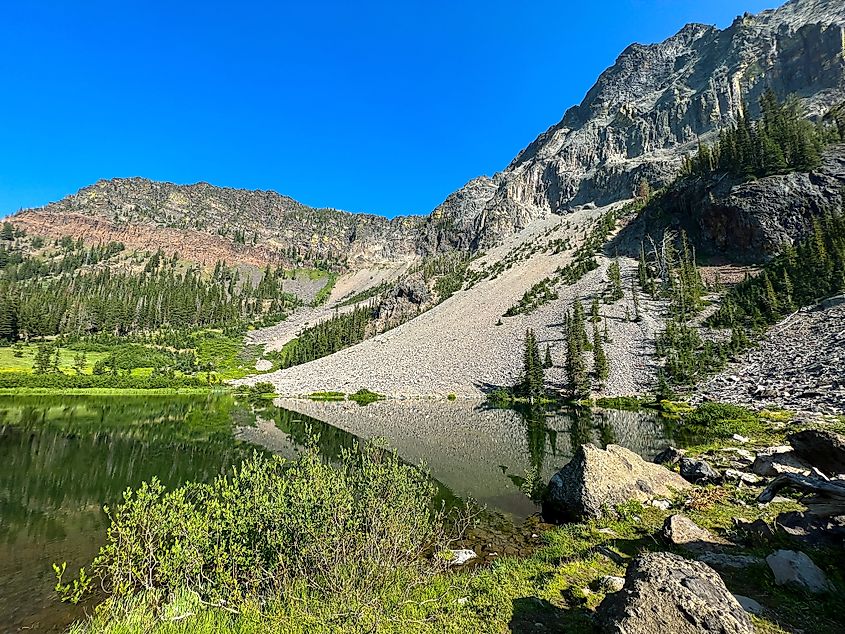
Malheur National Forest is unique in the way it combines:
| Feature | Details |
|---|---|
| Size | 1.7 million acres |
| Wilderness | Strawberry Mountain (88,350 acres), Monument Rock |
| Highest Point | Strawberry Mountain, 9,038 feet |
| Rivers | John Day River headwaters, Malheur River, Silvies River |
| Land Use | Timber, grazing, wildlife habitat, recreation |
| Recreational Activities | Camping, hiking, fishing, hunting, skiing, OHV riding, mountain biking |
| Vegetation | High desert grasslands, sage, juniper, pine, fir, alpine meadows |
| Historical Significance | Native American heritage, early settlers, Bear Valley Timber Sale |
The forest’s size, elevation range, and variety of ecosystems make it a hidden gem in Oregon’s Blue Mountains. Its combination of recreational opportunities, historical significance, and ecological importance ensures there is something for everyone.
A Forest That Connects Past and Present
Malheur National Forest is more than a collection of trails, rivers, and peaks. It is a landscape rich with history, culture, and ecological importance. Native American traditions, early settlers, and Forest Service pioneers all left their mark on this forest, shaping the land and its uses over generations.
The forest demonstrates how public lands can serve multiple purposes: supporting local economies, preserving wildlife, and offering recreational opportunities. Its wilderness areas ensure that future generations will continue to experience the same dramatic landscapes, hidden lakes, and diverse ecosystems that have drawn visitors for over a century.
Malheur National Forest is a destination for those who seek adventure, solitude, and a connection to nature. Its high desert plains, alpine meadows, and towering mountain peaks make it one of eastern Oregon’s most captivating and diverse national forests.
